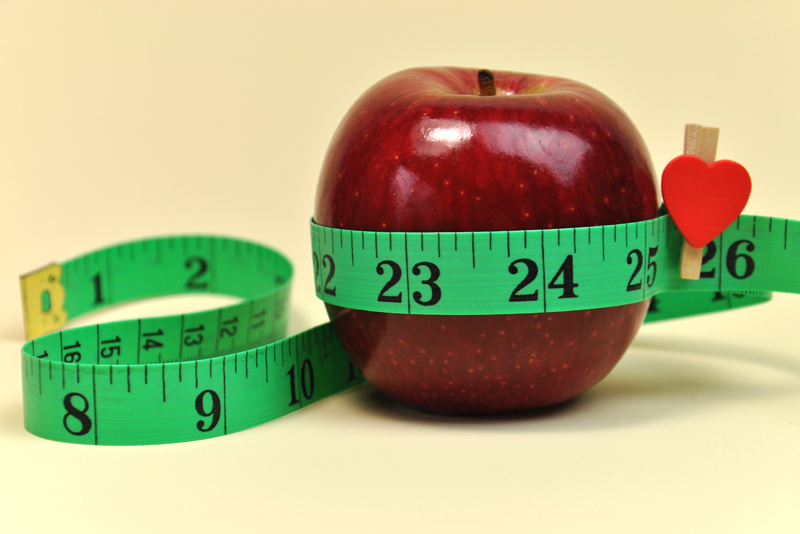Brown Fat, Beige Fat, and White Fat Cells

You might think you have just one kind of fat cell in your body - but you actually have at least three. What's the difference between brown fat cells, beige fat cells, and white fat cells? Why do you want more brown?
 Most of the time when we think about fat cells we're thinking about white fat cells - technically known as white adipose cells. These are the storage cells. They sit there in your body, full of fat, waiting just in case some sort of a disastrous famine were to come along. They are complacently content to hold fat for you for years and years.
Most of the time when we think about fat cells we're thinking about white fat cells - technically known as white adipose cells. These are the storage cells. They sit there in your body, full of fat, waiting just in case some sort of a disastrous famine were to come along. They are complacently content to hold fat for you for years and years.
The second kind of fat cell is the brown fat cell. The brown fat cell is brown because of the iron in the mitochondria portion of the cell - the energy-burning portion. These brown fat cells are meant for keeping us warm. Rather than being geared towards long-term storage, they are geared toward burning off the fat. They are primarily found in young children, around the neck and shoulders, as part of their body-warming system. But they're also found in lean adults as well.
Wouldn't this be great? If our fat cells could actively want to burn that fat for us?
It turns out there's even a third kind of fat cells - the beige fat cells - which are similar to white fat cells but can be spurred into acting more like brown fat cells.
On one hand it might be fairly dry biological information if there was nothing we could do about our fat cells. But studies are showing that we can actually take action and encourage the stagnant fat-storing white fat cells to rev up their engines and behave more like the fuel-burning brown fat cells. The question is how to take that step.
Turning White Fat Cells into Brown Fat Cells

Lisa Shea's Library of Low Carb Books
 Most of the time when we think about fat cells we're thinking about white fat cells - technically known as white adipose cells. These are the storage cells. They sit there in your body, full of fat, waiting just in case some sort of a disastrous famine were to come along. They are complacently content to hold fat for you for years and years.
Most of the time when we think about fat cells we're thinking about white fat cells - technically known as white adipose cells. These are the storage cells. They sit there in your body, full of fat, waiting just in case some sort of a disastrous famine were to come along. They are complacently content to hold fat for you for years and years.The second kind of fat cell is the brown fat cell. The brown fat cell is brown because of the iron in the mitochondria portion of the cell - the energy-burning portion. These brown fat cells are meant for keeping us warm. Rather than being geared towards long-term storage, they are geared toward burning off the fat. They are primarily found in young children, around the neck and shoulders, as part of their body-warming system. But they're also found in lean adults as well.
Wouldn't this be great? If our fat cells could actively want to burn that fat for us?
It turns out there's even a third kind of fat cells - the beige fat cells - which are similar to white fat cells but can be spurred into acting more like brown fat cells.
On one hand it might be fairly dry biological information if there was nothing we could do about our fat cells. But studies are showing that we can actually take action and encourage the stagnant fat-storing white fat cells to rev up their engines and behave more like the fuel-burning brown fat cells. The question is how to take that step.
Turning White Fat Cells into Brown Fat Cells

Lisa Shea's Library of Low Carb Books
You Should Also Read:
Glycogen, Water, and the Whoosh Weight Loss Effect
Fat Cells, Water, and Weight Loss Plateaus
Turning White Fat Cells into Brown Fat Cells

Related Articles
Editor's Picks Articles
Top Ten Articles
Previous Features
Site Map
Follow @LisaLowCarb
Tweet
Content copyright © 2023 by Lisa Shea. All rights reserved.
This content was written by Lisa Shea. If you wish to use this content in any manner, you need written permission. Contact Lisa Shea for details.










